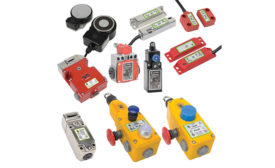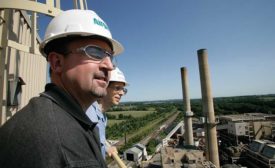Jim Krebs
Jim Krebs has more than 32 years of experience working with industrial equipment and controls in the food and beverage, pulp and paper and pharmaceutical industries. He currently works for AutomationDirect as a technical marketing engineer.
ARTICLES
Compressed air can be lethal
Workplace injuries, often created by misuse, can be devastating
January 17, 2019
Get our new eMagazine delivered to your inbox every month.
Stay in the know on the latest safety trends.
SUBSCRIBE TODAYCopyright ©2024. All Rights Reserved BNP Media.
Design, CMS, Hosting & Web Development :: ePublishing


